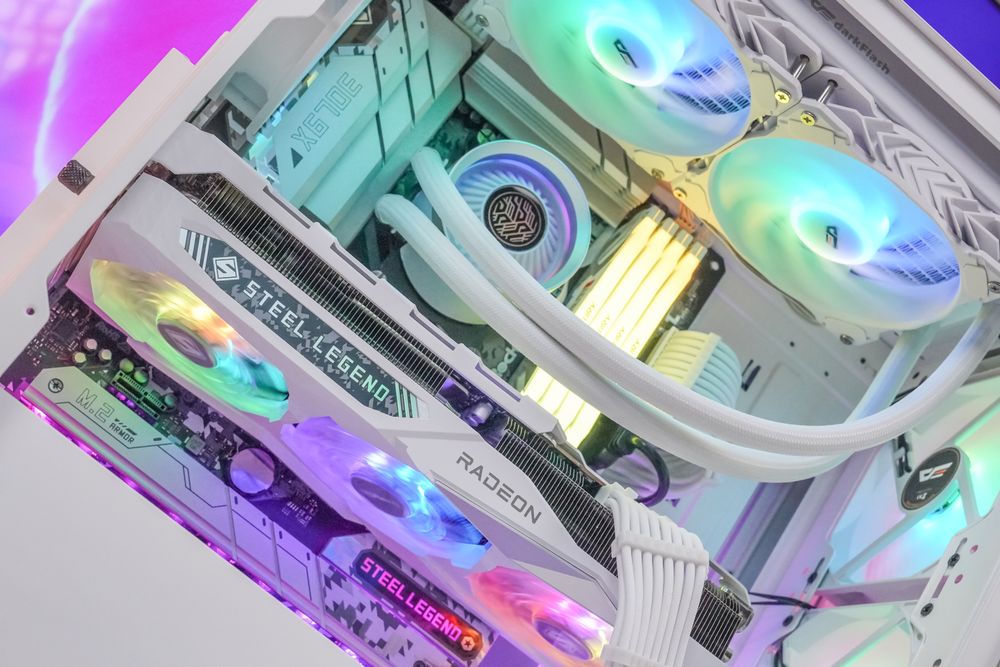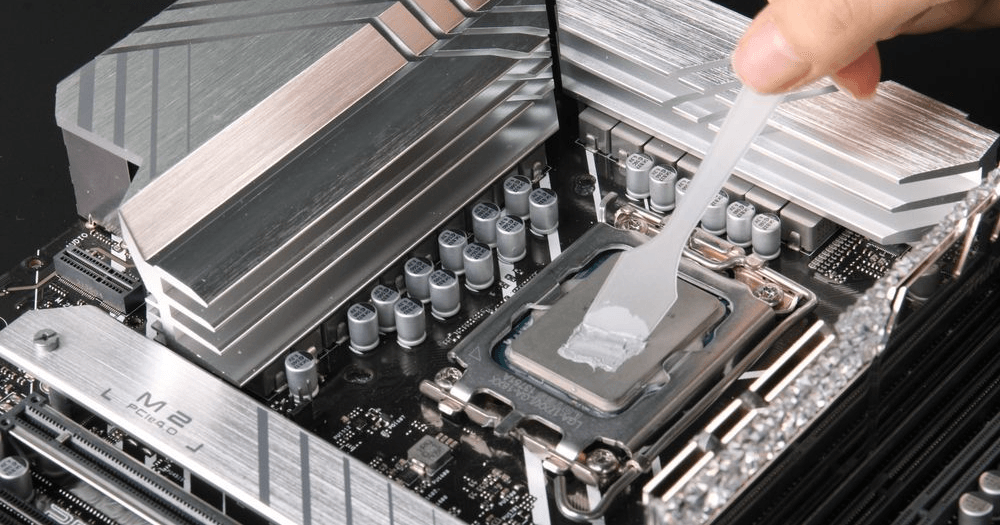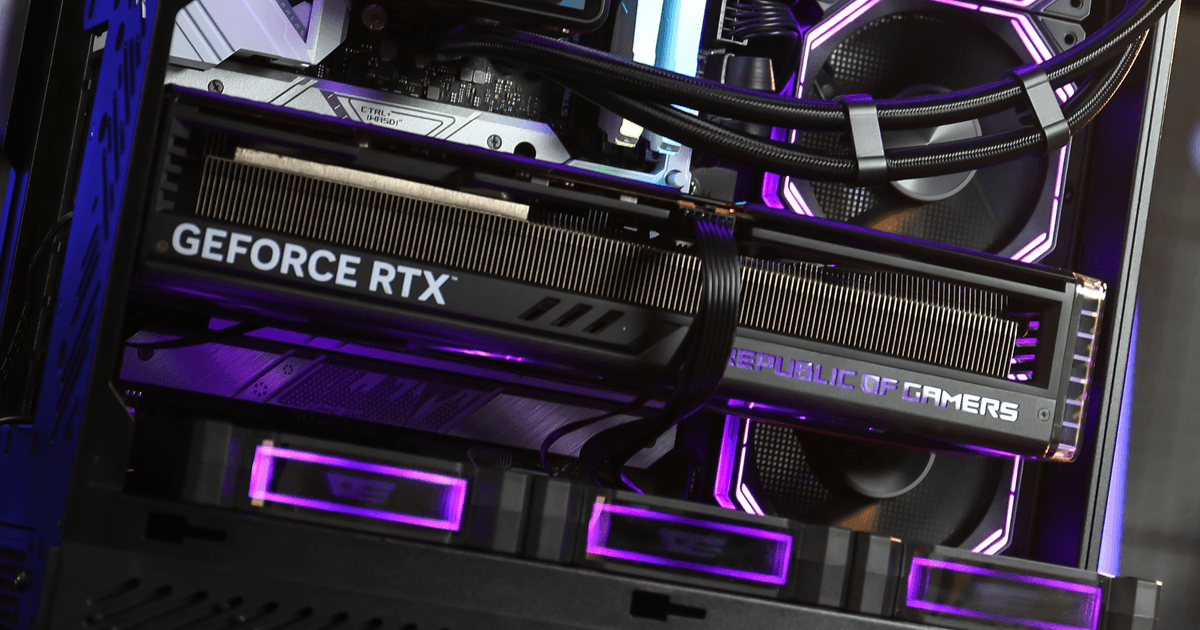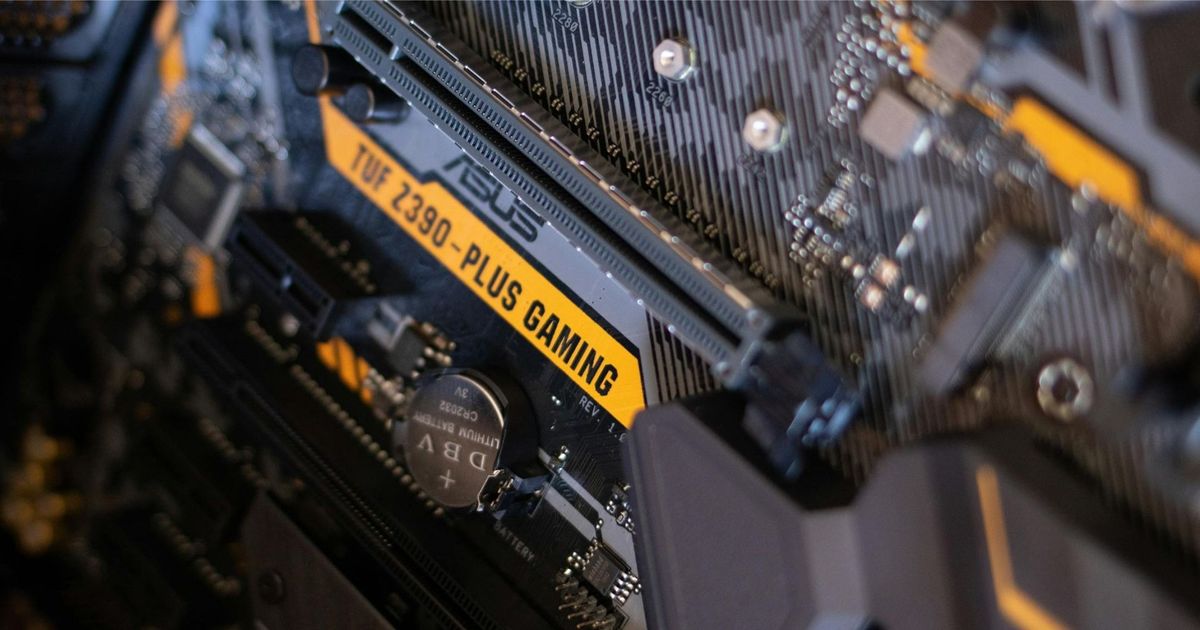
The two major GPU manufacturers both released their next-generation graphics cards in 2025, along with their latest AI-based image upscaling technologies — FSR 4 and DLSS 4.
FSR 4 (FidelityFX Super Resolution 4) by AMD and DLSS 4 (Deep Learning Super Sampling 4) by NVIDIA are advanced AI-based image upscaling technologies designed to boost gaming performance while preserving visual quality.

These technologies allow games to be rendered at a lower resolution internally and then upscaled to higher resolutions using artificial intelligence. The result is higher frame rates and smoother gameplay — without significantly sacrificing image clarity.
FSR 4 – AMD’s Approach

Machine Learning Upgrade
FSR 4 is AMD’s first version to adopt machine learning techniques, likely using convolutional neural networks (CNNs) to enhance image quality.

Upscaling + Frame Interpolation
It upscales lower-resolution frames to higher resolutions and can generate intermediate frames to increase frame rate.
FSR 4 AI-Enhanced Upscaling plus Frame Generation
FSR 4 not only upscales low-resolution images to high resolution but also inserts intermediate frames to boost frame rates.

Modes
Offers multiple quality presets — Performance, Balanced, and Quality — to give users control over performance vs. image clarity.

Hardware Support
Currently limited to AMD’s Radeon RX 9000 series.
Game Support
Works only with games that support FSR 3.1, with AMD aiming to reach over 75 supported titles by the end of 2025.

DLSS 4 – NVIDIA’s Latest Evolution

Deep Learning Core
DLSS 4 uses NVIDIA’s advanced deep learning model, powered by Tensor Cores, which are dedicated AI processing units on RTX 50 series GPUs.
Multi-Frame Generation
One of DLSS 4’s biggest strengths is its ability to generate entirely new frames, dramatically increasing FPS without overloading the GPU.
Reflex Integration
DLSS 4 works with NVIDIA Reflex to reduce latency, keeping gameplay responsive even at high frame rates.
Wider Adoption
Already supported by over 100 games, making it more broadly available than FSR 4.
Key Differences at a Glance
As FSR continues to evolve and potentially adds multi-frame generation in future updates, the gap between AMD and NVIDIA is narrowing — making this an exciting time for PC gamers and developers alike.




